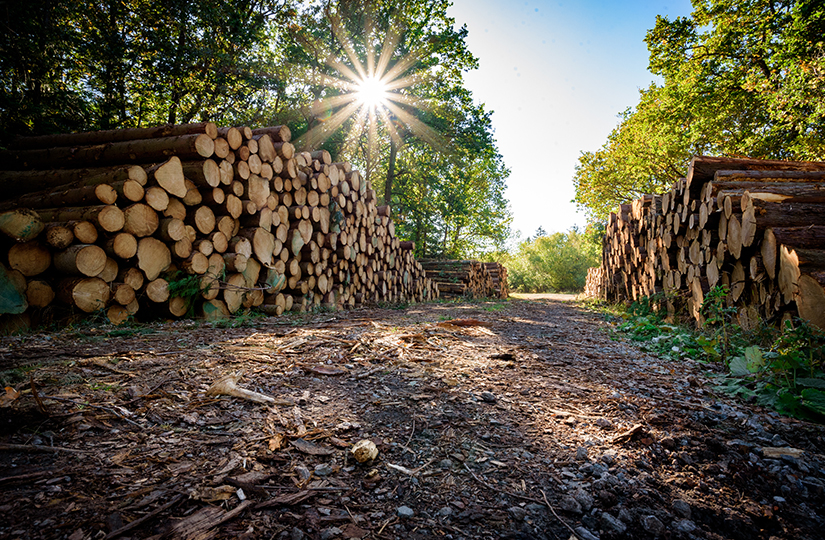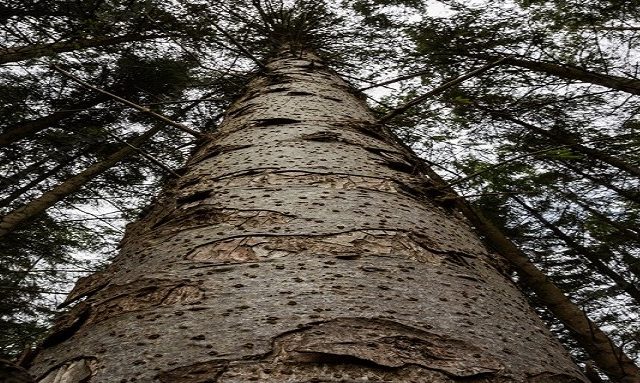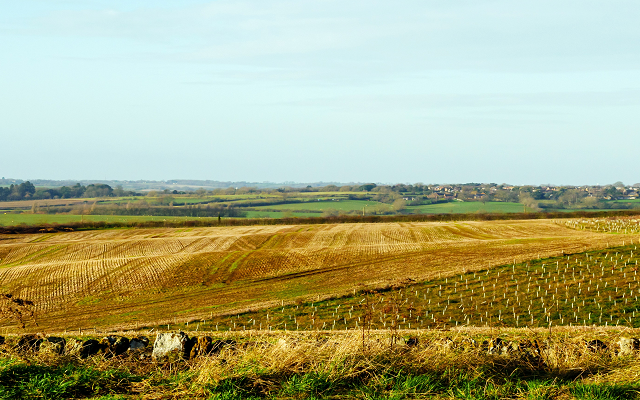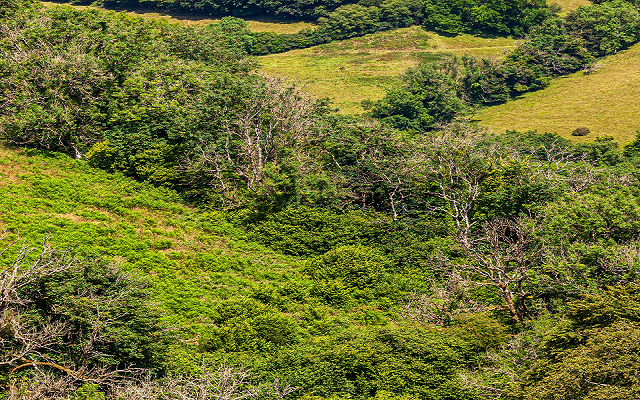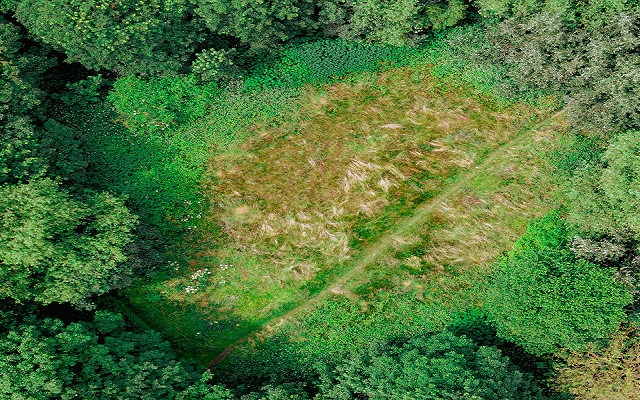Unlocking income or capital from unmanaged woodlands
Unless you’ve been hiding under a stump you’ll know there’s been a lot of talk about planting trees in recent months, even Boris Johnson has been getting in on the act. This has been driven mainly by the recognition, that globally, society has a huge mountain to climb to get our greenhouse gas emissions, and the damage we’re doing to the planet, under control.
With all this excitement about woodland creation, our poor existing woodlands can potentially be forgotten about. But they too have been having a party of their own, just quietly in the spare bedroom and not singing about it from the rooftops like their new woodland friends.
The demand for timber from UK sawmills and processors, driven by global shortages and rising domestic requirements, has seen timber prices rise to levels not seen before. This has meant that returns from felling woodlands too have increased dramatically and even small woodlands, shelterbelts and woodland thinnings are generating significant returns for woodland owners across the UK.
Small-scale woodlands, or larger sites with logistical challenges and access difficulties, have often been seen by landowners as a liability and have been largely ignored. Whilst from a biodiversity perspective this can be a good thing, there could be potential income rotting away with the trees. More than enough to replant the woodland, repair the fences and still have some funds left to plant some new woodlands to help with the drive towards net zero.
Tied in with this increase in timber values the demand for sustainable, green investments has also been growing like a Sitka spruce. The combination of these factors has been pushing up freehold woodland values significantly, and demand is currently outstripping supply. This has seen landowners disposing of existing woodlands, as a standalone asset, to release capital to fund other projects.
The actual value of timber from woodlands, and freehold woodland prices, will be determined by a number of factors including location, access, species and age of trees, and the future potential of the site in question. All of these different aspects have to be considered when valuing a woodland or crop.
At John Clegg & Co, the specialist forestry and woodland division of Strutt & Parker, we have the expertise and experience to help answer your questions and all of the team love talking about trees. So if you have any questions on the value of woodlands and timber please do not hesitate to get in touch.
